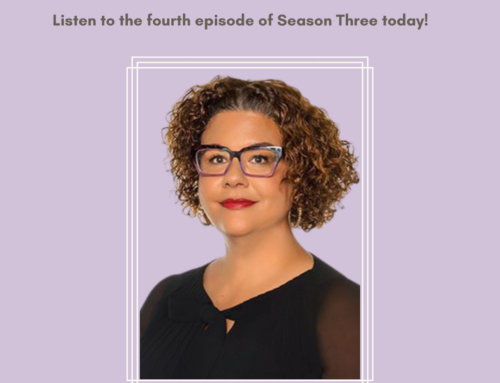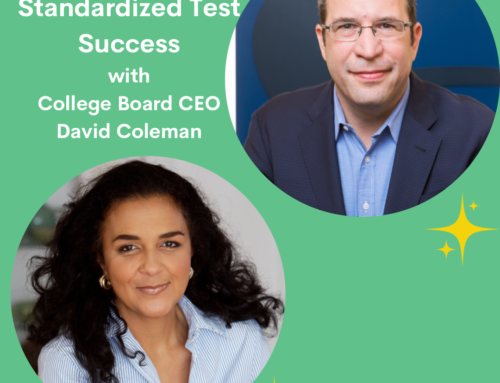During the countdown to the Final Four, the NCAA ran a commercial touting the fact that African American NCAA athletes in Division I schools have higher graduation rates than African American male students who are not athletes. According to Dr. Richard Lapchick, director of The Institute for Diversity and Ethics in Sport at the University of Central Florida, this year the graduation rate for African American basketball student athletes is 59%, up 3% from last year’s rate. The graduation rate for African American male students in Division I schools is only 38%, 21% lower than for the basketball players. Dr. Lapchick comments in this year’s report that “Presently, too many of our predominantly white campuses are not fully welcoming places for students of color, whether or not they are athletes. There are lessons that our campuses could learn from athletics”.
One such lesson may be evident in the powerful 60 Minutes piece CBS ran a few Sundays ago on Coach Bob Hurley of St. Anthony’s High School in Jersey City, New Jersey, which can be seen here. In the 40 years that Coach Hurley has coached this inner city parochial school’s basketball team, all but two of his players have graduated and gone to college. For the past 17 years, the school has had a 100% graduation and college acceptance rate. Over the years Hurley has coached 5 NBA first round draft picks and had about 150 boys go on to play in Division I schools. But as he states in the 60 Minutes interview, it is the college acceptance rate of which he is most proud.
Hurley doesn’t recruit his players; they or their parents seek him out. The halls of St. Anthony’s are filled with talented kids whose parents somehow manage to pay the $5000 annual tuition, and who are committed to getting a college basketball scholarship. What accounts for his continued success with the boys? “ I’m one of the most demanding people that the kids are going to come across,” he explains. “I dictate everything.” “You are dealing with adolescent males. In order to get them to perform on a regular basis, you have to drive them.”
Young African American players respond when a coach insists on discipline and focus. They are eager to learn and improve and will endure the hard work it takes to do so. Why is it often so much more difficult for a teacher to command this respect and inspire these young men in the classroom? In a recent discussion on this topic, an African American college admissions counselor who has selected from the country’s best and brightest for decades thinks that the answer may lie in combining the two forces. He suggests, “Perhaps it is time to bring some of these motivators into the classroom as teachers”, noting that at many prestigious boarding and prep schools all varsity athletic coaches teach academic courses. He imagines a coach/teacher at the front of a class filled with young black males, athletes and non-athletes. The athletic students would already respect him, and the non-athletes would be encouraged by his commanding demeanor (and peer pressure from the athletes) to pay attention as well. If the coach isn’t academically qualified to teach the class, perhaps he could team-teach with an established teacher. A senior IBM executive who also participated in this discussion suggested that technology could be used to increase the reach of the coaches to multiple classrooms and also to help teachers integrate the “coach instructional model” into they way they teach their classes.
Researchers have previously explored the concept of bringing successful coaching methods into the classroom. In 1974 university psychologists Ronald Gallimore and Roland Tharp studied renowned basketball coach John Wooden’s coaching and teaching of the UCLA team during the 1974-1975 season (and updated this study in 2004). They wanted to determine if there were lessons in his coaching skills for all educators. Wooden began his career as a high school English teacher, and much of his coaching practice was based on what he’d learned as a classroom teacher. Gallimore and Tharp concluded that Wooden’s intense and diligent planning was the underpinning of a teaching /coaching strategy that included giving the students a lot of information, not much praise, and speaking briefly and succinctly at all times. Swen Nater, who played for UCLA from 1970-1973, later teamed with Gallimore to write “You Haven’t Taught Until They Have Learned: John Wooden’s Teaching Principles and Practices” (Nater and Gallimore, 2006, updated edition 2010). Here Nater provides first hand accounts of the many lessons he learned from Wooden that he has applied to his own teaching career. Nater fondly recalls Wooden’s emphasis on getting to know each player’s unique strengths and weaknesses, his focus on each player reaching his own potential rather than striving to be better than anyone else, and his demonstration of the great depth of knowledge required to deliver the curriculum. All great qualities for a teacher of any subject to have.
The combination of the athletic and academic models in the classroom, whether it is by bringing in an actual coach, or by studying and employing a successful coach’s approach, could be just what is needed to motivate more students to seek academic wins.
References:
Gallimore, R. and Tharp, R. G. 2004. What a Coach Can Teach a Teacher, 1975-2004: Reflections and Reanalysis of John Wooden’s Teaching Practices. The Sports Psychologist, 18(2), 119-137.
Lapchick, Richard. “Keeping Score When It Counts: Graduation Success and Academic Progress Rates for the 2011 NCAA Division I Men’s Basketball Tournament Teams.” The Institute for Diversity and Ethics in Sport. March 14, 2001. Web. April 8, 2011. http://i.bnet.com/blogs/2011_mens_bball_final.pdf
Nater, S., and Gallimore, R., 2010. You Haven’t Taught Until They Have Learned: John Wooden’s Teaching Principles and Practices. Fitness Info Tech, West Virginia University.





